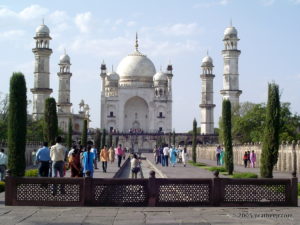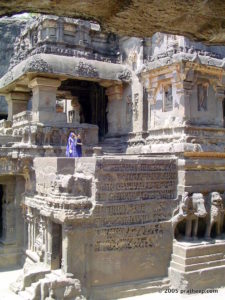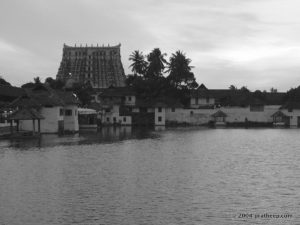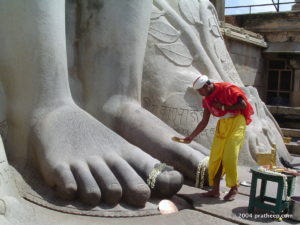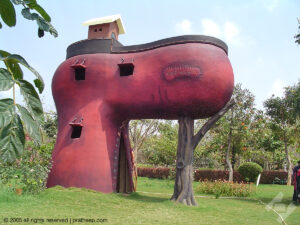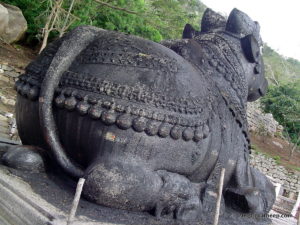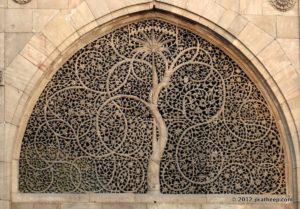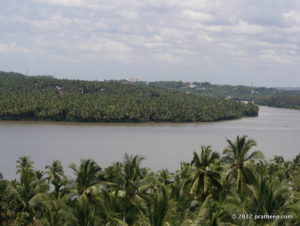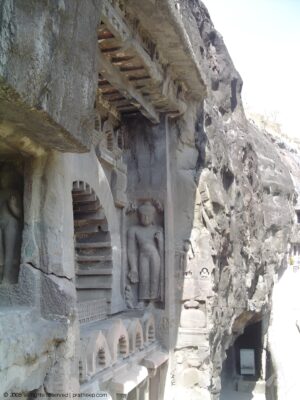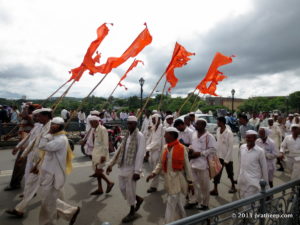Ellora
Everything is scooped out from monolithic rocks to literally carve these giant temples and living spaces.
Cave temples of Ellora in India is dramatic architectural site. Built during the 6th to 10th centuries, these 34 or so series of cave temples represents the height of medieval Indian rock cut art.
Cave is very misleading term to represent the structures. Many of them are multi storied complexes scooped out of the volcanic rock mountains.
The caves are generally classified into Hindu, Buddhist and Jain groups.
The most decorated and gigantic work is the Kailasanatha temple (Cave -16). This is in fact not a cave unlike the others in the site. The entire temple complex together with its campus is carved out of a monolithic rocky hill. The temple is pleasant mixture of various architectural styles. For example the pyramidal roof of the shrine resembles more of a south Indian temple architecture.
The construction of the Kailashnatha Temple ( Kailash Temple) is attributed to the Rashtrakuta kings ruled the medieval Maharastra.
There are many ways to reach Ellora. Aurangabad is the nearest airport and the most convenient railway station for Ellora. There are regular bus connections from Aurangabad to Ellora.
Jalgaon is another major town north of Ellora with a railway station.
It is typical that tourists stay at Aurangabad for 2-3 days and cover many important attractions. For Example the Ajanta caves ( with paintings) located about 100 kilometers from Ellora. Aurangabad itself has a number of attractions.
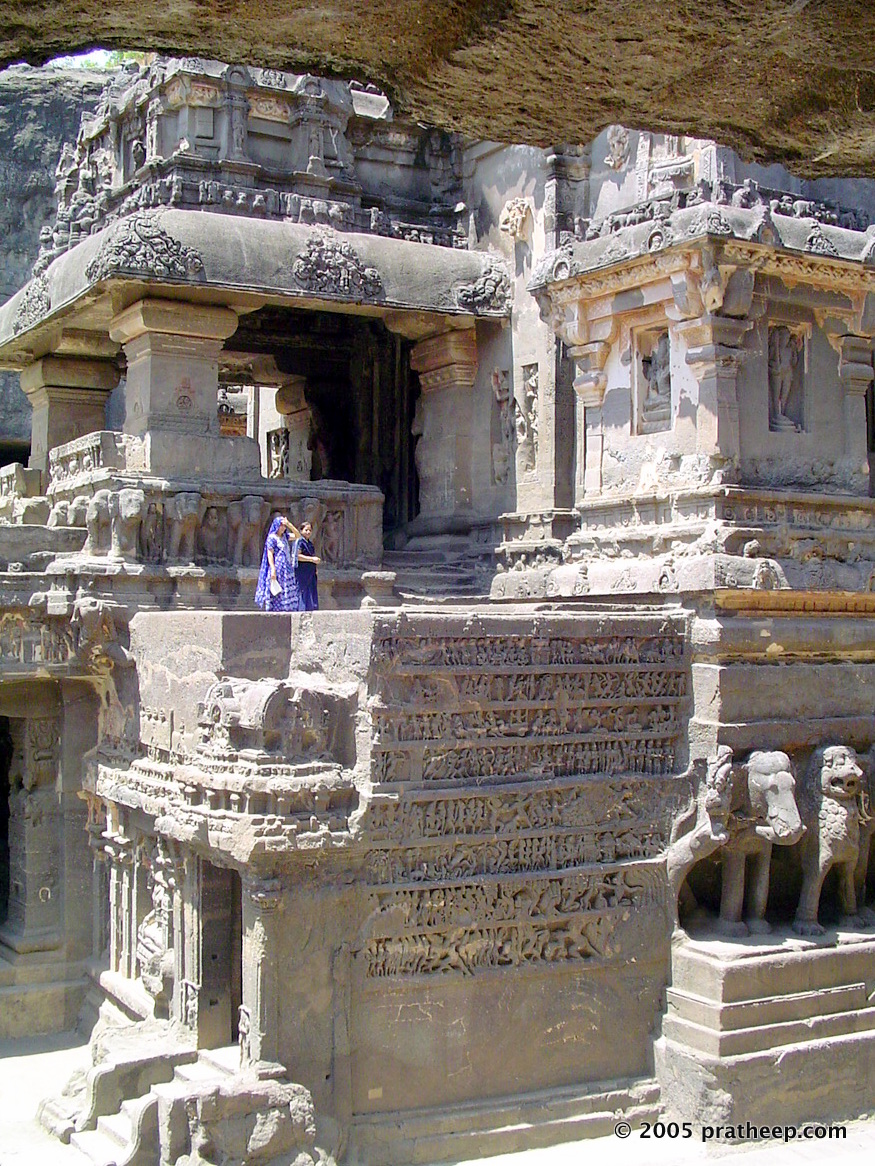
Kailasnatha Temple
| Kailasnatha Temple
Inside Kailasanatha temple complex
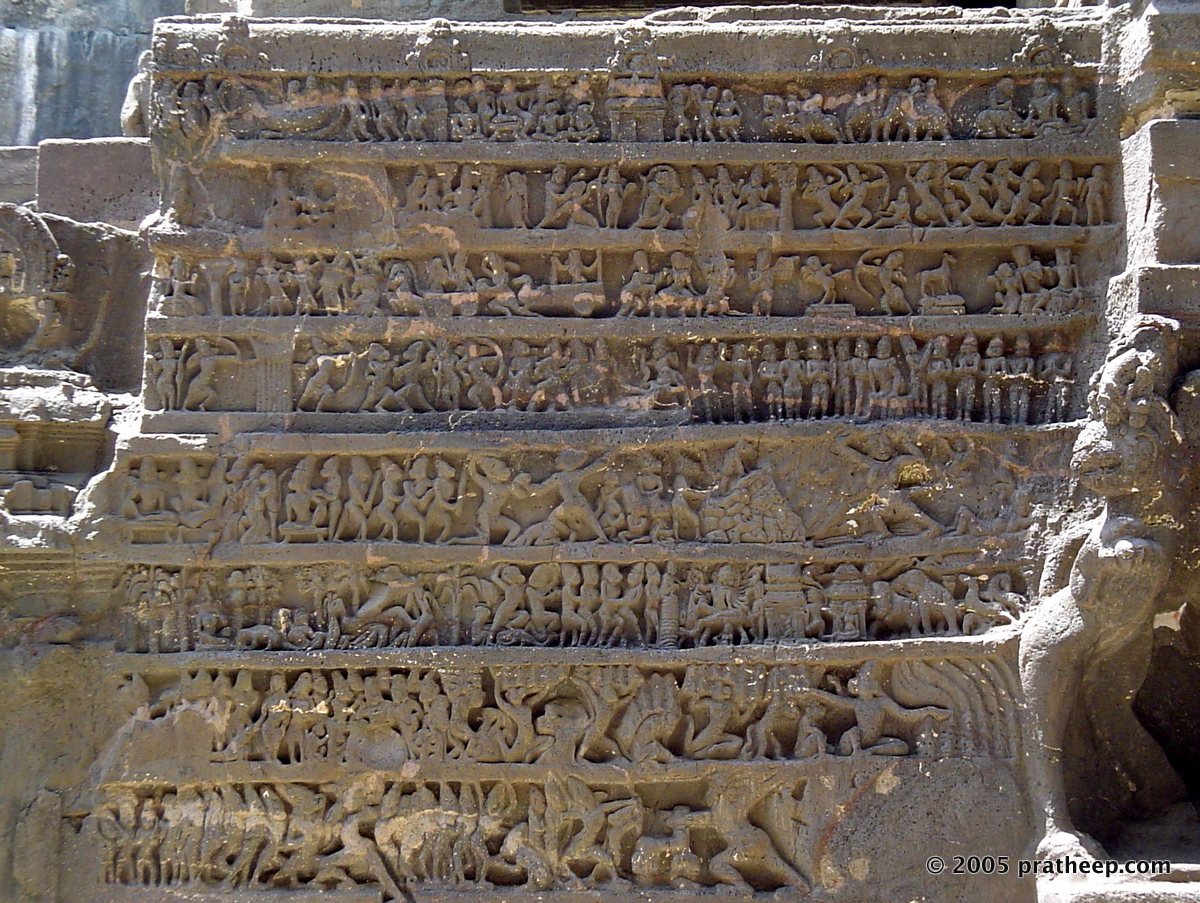
Mythical themes
| Mythical themes
from the epics carved on the wall inside the Kailasanatha temple
GALLERY
Kailasnatha Temple

Kailasnatha Temple
Inside Kailasanatha temple complex
Mythical themes

Mythical themes
from the epics carved on the wall inside the Kailasanatha temple




